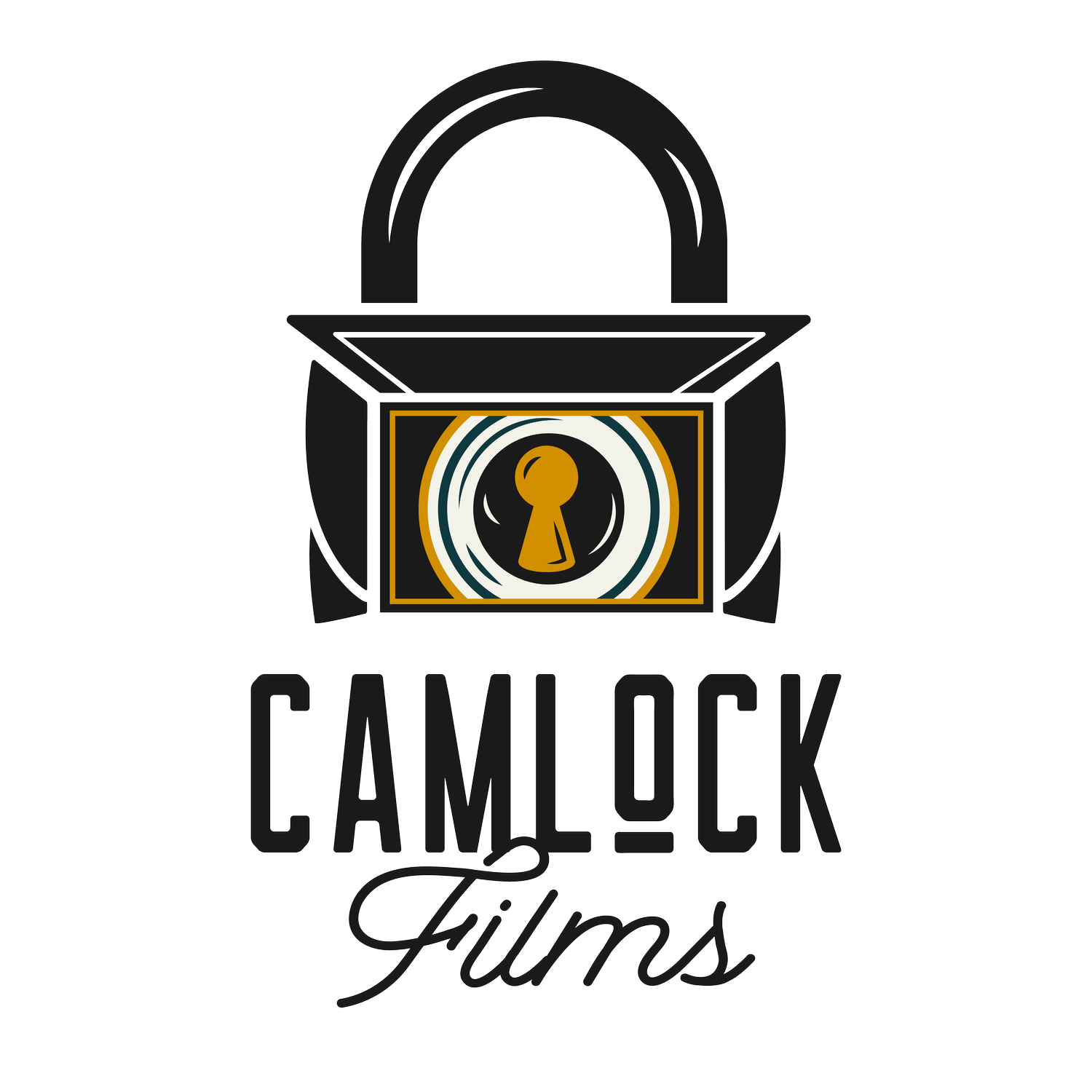Polycam / Cinetracer
Location scouting can be a stressful experience, especially when you're trying to visualize unique-innovative-cinematic-never-before scenes in 10 minutes while the home owner breathes down your neck after being shuttled around town next to a producer who’s lectured you on how impossible load-in will be.
It's tough to get a good sense of the layout and atmosphere of a space until you're actually there, but it often feels like the best ideas come up after you've left the location. It can be challenging to explain an angle you didn't think to photograph while you were in the room, and it's hard to capture the essence of a space with just a few quick snapshots.
That's where Polycam comes in. This app utilizes LIDAR technology to capture 3D scans of real-world objects and environments. LIDAR stands for Light Detection and Ranging, and it uses lasers to measure distance and create high-resolution 3D models of objects and surfaces. With Polycam, you can easily scan a location on location scouting trips and bring the 3D model back to your office to analyze and plan your shots.
I recently had the opportunity to use Polycam and 3D modeling on a commercial video project for WIC (Women Infants and Children). We had the challenge of shooting 7 looks in one location. We needed each room to feel like it could be in a different house, and we needed a hospital room and an office with a blue wall… gulp! So, we knew we had to plan exact angles in pre-production to ensure every room looked different enough from each other along with building a small Hospital and Office in the garage. Using Polycam, we were able to quickly scan all the potential rooms in the house and bring the 3D models into Cinetracer to storyboard and plan the set builds.
But what do you do with the 3D scan once you have it? That's where Blender and CineTracer come in. In Blender, we were able to adjust the .obj model to our liking, cleaning up any artifacts and adding in any missing details. From there, we imported the model into CineTracer, a 3D modeling application based on the Unreal Engine. CineTracer has realistic lighting thanks to its ray-tracing capabilities, which allowed us to get a better sense of how the location would look on camera with different lighting setups. We were even able to create storyboards using the 3D model as reference, giving us a clear idea of how our shots would look before we even stepped foot on set.
If you're not sure how to import your Polycam model into CineTracer, this YouTube video is a helpful guide: https://www.youtube.com/watch?v=kF8-HXRftek
Using Polycam and 3D modeling applications save money because it clarifies logistical and creative communication with your clients and crew. You can get more shots off in a day because more creative choices can be made ahead of the shoot. In conclusion, using Polycam and 3D modeling applications like Blender and CineTracer will probably make location scouting slightly less tedious. Or maybe it’s totally overkill. Either way, give it a try and see for yourself. Happy filming!











